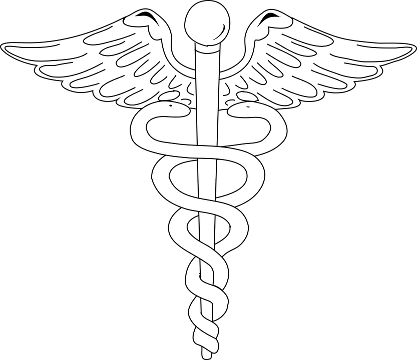The lumbar spine
The spine is divided into three areas: the cervical spine, which is, essentially, the neck; the thoracic spine, which is the upper back, and the lumbar spine, which is the lower back. The spinal cord runs through the individual vertebra — the bones that make up the spine — and nerves emanate between those bones to the various parts of the body, carrying signals from and to the brain.
If any of those vertebrae are out of line (a condition called a subluxation), they can interfere with the signals and cause problems in the affected part of the body. Five of those vertebrae, designated Lumbar 1 through 5, the sacrum and the coccyx, or tailbone, are the components of the lumbar spine. Nerves emanating from the L1 vertebra, for instance, serve the large intestine and a subluxation of that bone has been known to contribute to diarrhea, constipation, hernia and uterine problems. L2 nerves serve the bladder, appendix, upper leg and abdomen. L3 nerves go to the sex organs, the prostate gland and the uterus. Menstrual and bowel problems and male impotency are associated with L3. L4 nerves also go to the prostate and to the lower back. And L5 nerves go to the lower legs, ankles and feet.
Chiropractors are trained to recognize and correct subluxations. Visit a chiropractor if any of the above issues apply to you.
Presented as a service to the community by: Union County Chiropractic Clinic, 110 Skyline Drive, Maynardville, TN (865) 992-7000 www.unioncountychiropractic.com
- Log in to post comments
